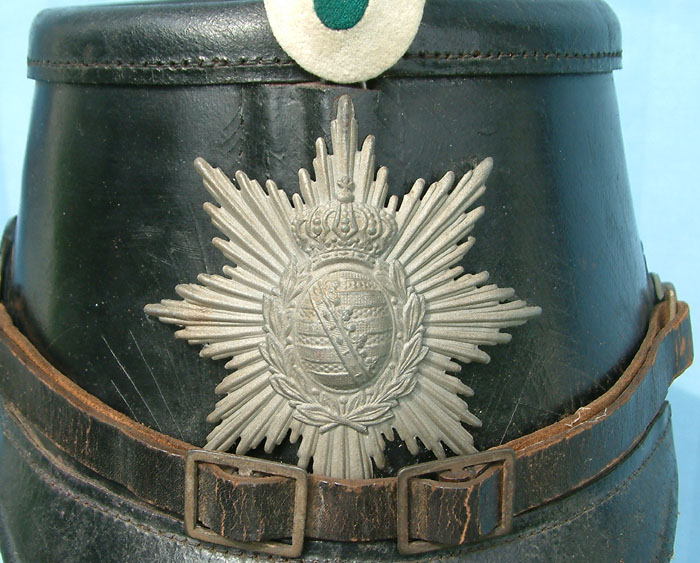The Non-Commissioned Officer.
Non-commissioned Officers (NCO) came from two sources, either promoted from the ranks or having gone through the NCO training schools. Students graduated from Volksschule at approximately the age of 14. Military service would not begin until age 17 when young men could be inducted into the Landsturm. In addition to work, there was an option of joining and NCO preparatory training school. There were nine such schools scattered throughout the empire. The preparatory school had a general curriculum with much attention paid towards physical development throughout the two-year course. Once graduated from the preparatory school pupils could go to a NCO school. Again, there were nine of these. The course lasted two years for preparatory school graduates or three years for those who joined the NCO school directly without having gone through the preparatory school. This was a purely military school, whose graduates were either 19 or 20 years old. Upon graduation, they had to contract to remain in the active Army for four years. Graduates were posted to the regiments with some coming out as sergeants and others as Gefreiter. These schools accounted for about 25% of all NCOs.
The NCOs promoted from the ranks, were generally those who had reenlisted. While there was no specific time in grade requirements for promotion, it was seldom done in less than two years. Annually the members of the new class were scrutinized and those expected to reenlist and be suitable as an NCO attended special instruction within the regiment.
In the reserve and Landwehr some selected soldiers were provided special training as aspirant Unteroffiziere. Promotions to the rank of sergeant and above were not done until mobilization. However, Vizefeldwebel could be bestowed on older trainees and those whose social position was in accordance with a higher rank.
One large advantage in being a noncommissioned officer is that it was a requirement for employment for many positions as clerks or shopkeepers.












